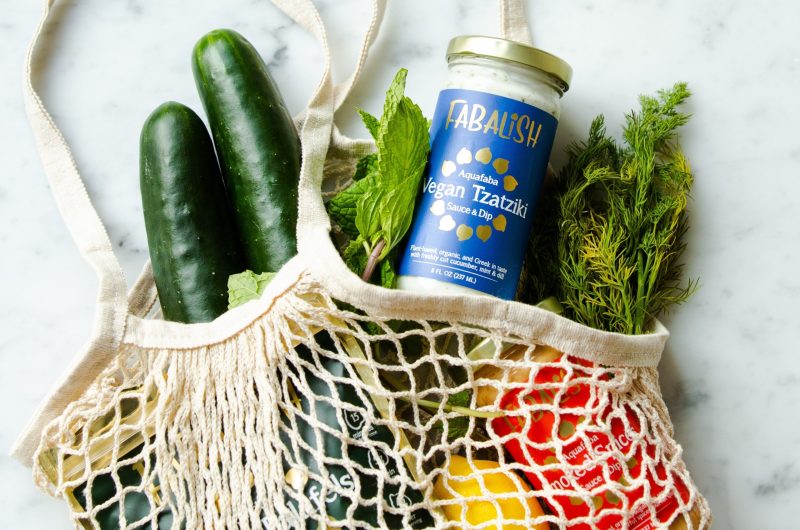Remember when Hydro Flasks suddenly became the “cool” thing? And plastic water bottles were no more? Many of us in sixth grade asked our mom for these overpriced, colorful pieces of stainless steel to carry around and customize with stickers. But did we really realize how much plastic we were saving?
At first, I thought being “sustainable” would just pass over as another trend. After everyone got tired of lugging around an extra two pounds in their backpacks, I was sure they’d go back to the plastic, 16-ounce water bottles. We buy the products that are labeled “sustainable” because we think we are doing something good. Take reusable bags, for example: They reduce plastic-bag usage, but have also become a fashion statement with all the patterns and colors. We know recycling and composting to be “good for the environment,” but in what way? Do we even really know what sustainability means?
Yeah, I didn’t know what it really meant until a few years ago. I became familiar with this idea after I transitioned to veganism. The thing is, I initially made the choice to eat plant-based for health reasons. But now, I have realized that swapping that burger and milkshake for a plant-based version is not only healthier for our bodies but our earth, too. And it saves a couple of animals in the process.
But besides ditching meat a couple of nights a week, there is another way we can help create a sustainable environment. It’s called carbon regenerative agriculture.
Soil accounts for 75% of the carbon sink on land, so more than 100% of global greenhouse gas emissions can be offset by carbon sequestration alone. Regenerative agriculture refers to the farming practices that increase the productivity of soil by increasing the biomass (organic material and living things) within it. This makes healthy soil a crucial climate solution. But it won’t be possible for small farmers to bear the costs of restoring the climate. Farmers don’t qualify for government subsidies for regenerative agriculture practices, so while we all want healthy soil, farmers can risk losing up to $60 per acre from switching to climate-friendly farming. According to the United States Department of Agriculture, the average farm size is 444 acres. That’s worth approximately $25,000—roughly a third of an average farmer’s annual salary of $75,800.
There is a statewide program, in collaboration with the CA Air Resources Board and CA Dept of Food and Agriculture, that makes it possible for citizens to directly fund carbon farming. The Restore California program shows that donating just 1% of the cost of food at restaurants or food service providers toward regenerative agriculture can begin to restore our climate. According to Ohio State soil scientist Rattan Lal, “A mere 2 percent increase in the carbon content of the planet’s soils could offset 100 percent of all greenhouse gas emissions going into the atmosphere.”
Fortunately, we can all do our part with a few cents per meal, and Stanford could help lead a statewide and global effort that could scale to many universities and corporations. Now is the time to take action. Not in ten years, not in five years, not even tomorrow. Today.
To begin this effort, the Baole Kuvumba fellowship at Stanford has drafted a R&DE proposal. Click here to take the survey to indicate whether you would opt-in for a regenerative agriculture proposal. The Baole team can present the survey results to the R&DE as proof of enough student support.
Try implementing these tips to lead a more sustainable lifestyle:
- Don’t buy produce that is out of season. It has to travel a long distance to get to your grocery store. We want to minimize transportation pollution.
- Only buy what you are going to eat to avoid food waste.
- Save leftovers in containers and repurpose them for other meals.
- Freeze overripe fruit for smoothies.
- To make spinach last longer, place a paper towel in the bag, and it’ll last for weeks.
- Bring reusable bags when grocery shopping.
- Buy in bulk! Purchasing in bulk allows you to buy only what you need, use fewer bags and reduce packaging waste. It’s cheaper, too!
- Try to eat more whole foods. The more ingredients that are listed, the more processed it is.
Trendy as the reusable bags are, these tips aren’t just trends. They can be implemented into our daily lives to become habits. Sustainability isn’t just a trend, it’s a lifestyle change.
Contact The Daily’s The Grind section at thegrind ‘at’ stanforddaily.com.
